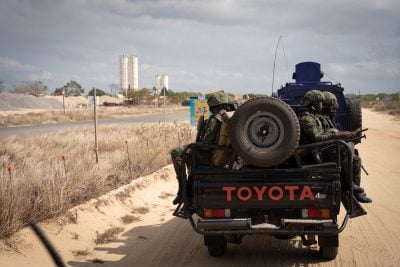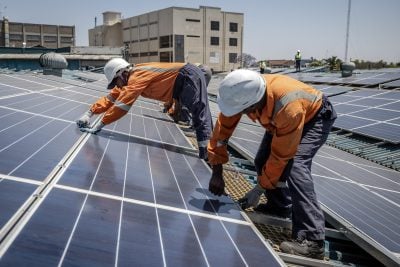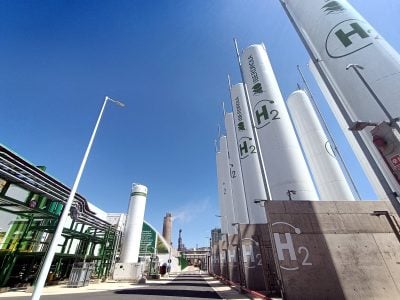Electricity output at Koeberg Nuclear Power Station near Cape Town could fall to zero by November if a programme to upgrade one of the plant’s two units incurs further delays.
Work to replace three steam generators at Koeberg’s Unit 1 began last December and was meant to be finished within six months. However, the project has suffered from a litany of delays. Eskom, the troubled state-owned utility that operates the plant, announced last week that the unit is now not expected to come back online until 3 November.
Keith Featherstone, chief nuclear officer at Koeberg, admitted that Eskom had been “overly optimistic” in attempting to complete the upgrade within an unrealistic timespan.
In normal circumstances, the 1,860 MW supplied by Koeberg, Africa’s only operational nuclear power plant, accounts for around 5% of South Africa’s electricity capacity. The loss of Unit 1’s output over the past nine months has been one of the factors that have worsened devastating power cuts, known locally as ‘load-shedding’.
The latest delay to the Unit 1 upgrade is particularly problematic because the plant’s other unit is set to begin a shutdown to complete the same programme of renovation just days later. There is only limited scope to postpone this work, since it is vital to Koeberg receiving a 20-year extension to its operating license, which is due to expire in July 2024.
Eskom is currently seeking to persuade the country’s nuclear regulator that Unit 2’s licence renewal could be postponed to July 2025, since it originally came online one year later than Unit 1.
But if both units of the plant are taken offline simultaneously, blackouts are certain to worsen even further. The prospect is causing considerable anxiety within the South African government; electricity minister Kgosientso Ramokgopa said during a press conference last month that he was “very, very, very worried” about the delays to Koeberg.
‘Fiasco’ undermines new nuclear plans
Koeberg has functioned smoothly for most of the time it has been in operation, though the plant is now showing signs of age as it approaches the end of its original 40-year design life. Unit 2 was briefly taken offline in April after a generator tripped.
Still, sections of the South African government have long favoured an expansion of nuclear generation. During the rule of disgraced former president Jacob Zuma, the government signed a $76bn deal with Russia’s Rosatom to build eight new reactors. While these plans were shelved after Zuma’s resignation in 2018, the Department of Mineral Resources and Energy said in May it would issue a request for proposals for 2,500 MW of new nuclear generation.
Nuclear energy projects around the world have proved notoriously difficult to complete on time and budget, however. And the delays in renovating Koeberg cast grave doubts on the ability of Eskom and other bodies to deliver a new fleet of reactors.
“The Koeberg upgrade was THE test for the South African nuclear sector to show that they can run a medium-complexity nuclear construction programme effectively,” says Hartmut Winkler, physics professor at the University of Johannesburg. “They have dismally failed in this task.”
Winkler expects that Unit 1’s upgrade, which he describes as a “fiasco”, will end up costing at least double the original estimate.
“A full new nuclear builds would be far more complex than the current Koeberg upgrading, and it is now clear that the same delays and cost overruns would bedevil such a build as well,” he says.
Want to continue reading? Subscribe today.
You've read all your free articles for this month! Subscribe now to enjoy full access to our content.
Digital Monthly
£8.00 / month
Receive full unlimited access to our articles, opinions, podcasts and more.
Digital Yearly
£70.00 / year
Our best value offer - save £26 and gain access to all of our digital content for an entire year!
 Sign in with Google
Sign in with Google 



